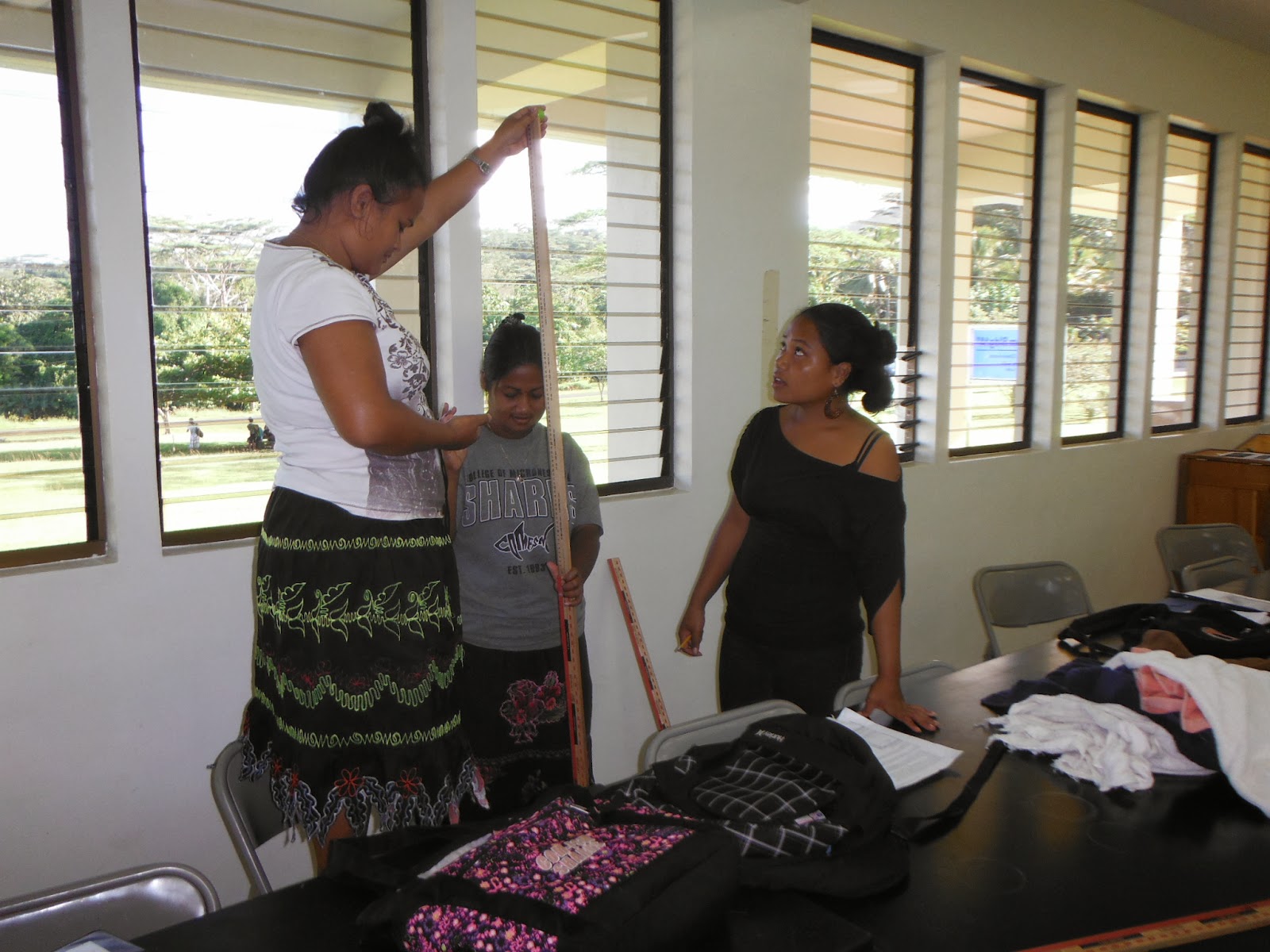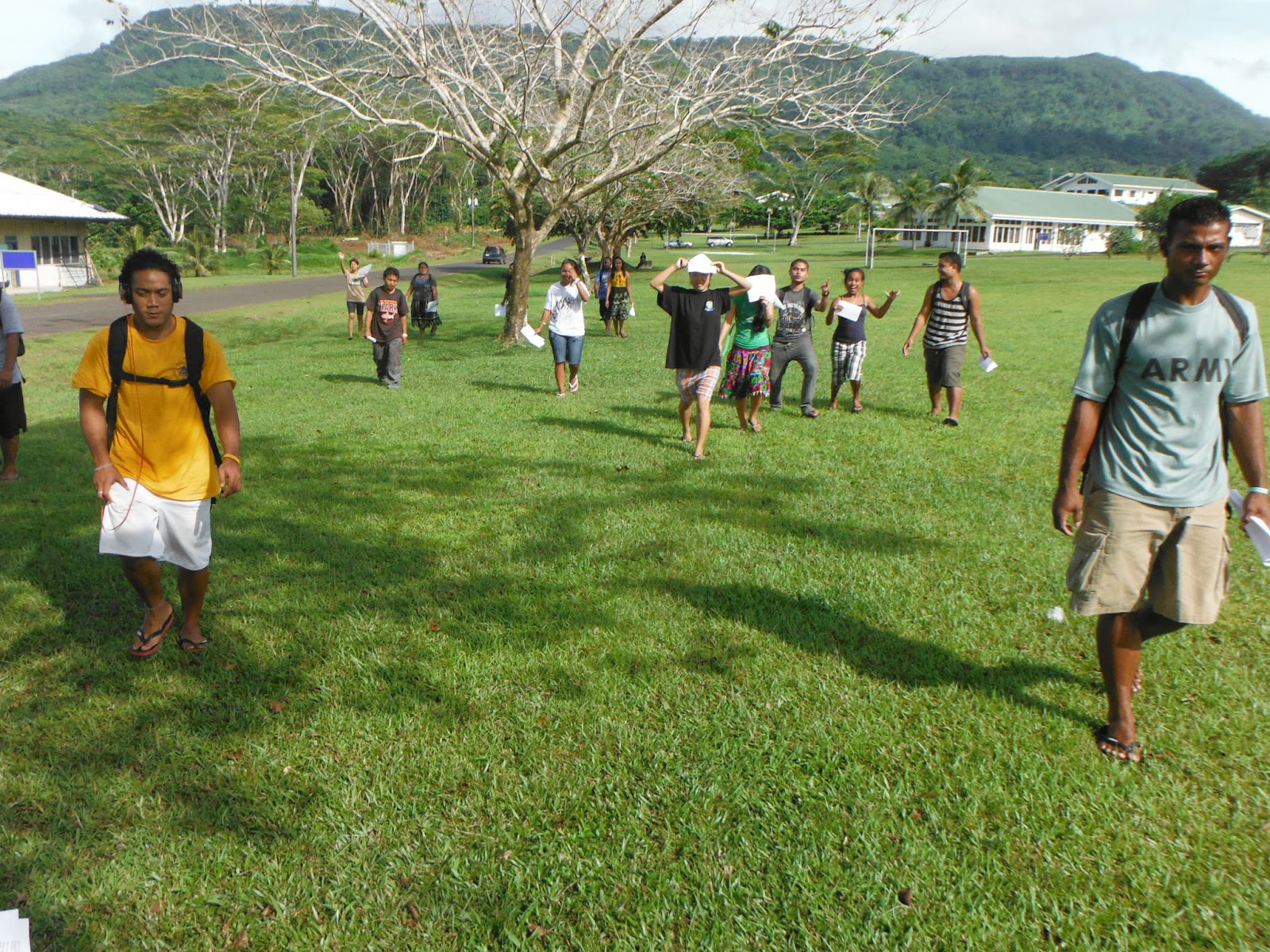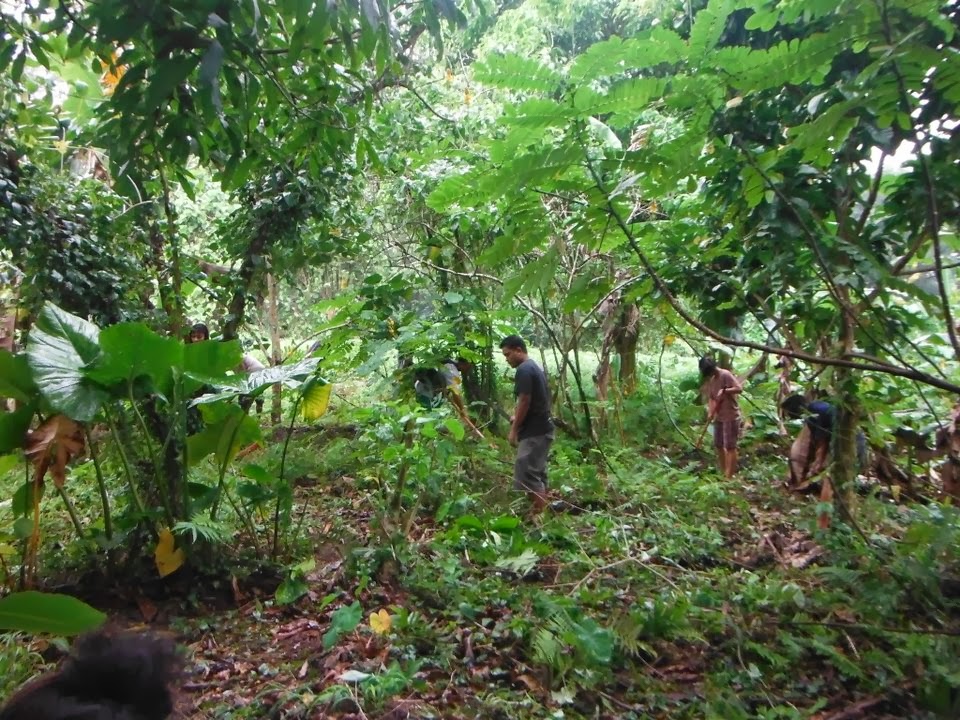Lycophyte and monilophyte student presentations

Images from presentations in SC/SS 115 Ethnobotany. Life cycle of a moss The group whose task was to distinguish between monilophytes and lycophytes Well drawn lycopodium morphology diagram done in the five minutes prior to class Life cycle of selaginelle, beautifully drawn Arlen covers the life cycle of the fern Fern morphology Leona Leion Saimon explains fern morphology Sapino Lee Sigrah covers Kosraean pronunciations Lilly Jane John pronounces lagoon Chuukese plant names, noting distinctions between northern Noumeneas and Faichuuk Sandra of Rumung in Yap covered Yapese names, noting differences for her place Sandra pronounces the plant names Hanae presented Japanese names for the ferns - a first in the class. She covered in detail the meanings of the individual characters.






